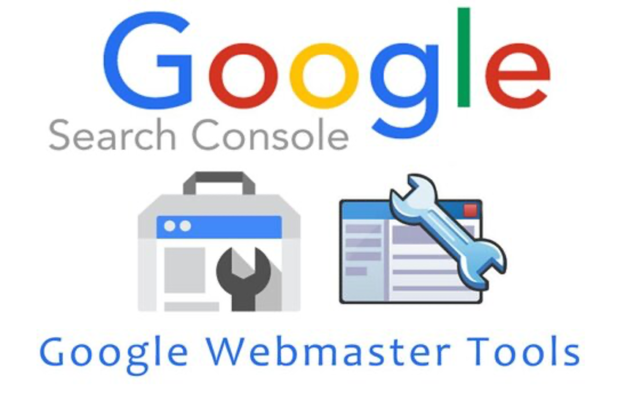
Modern workplaces are made easier by automation. The ability to process a single user input and produce a desired effect with little to no human interaction saves time and improves overall efficiency. There is no better example of this than conference room scheduling software. Automated conference booking software facilitates selecting a space, inviting attendees, and collaborating at a time when agile workplaces are on the rise.
It is a wonderful technology when it works, but only when it does. Not following them can result in much more problems than they solve. Automating conference room booking software the right way from the beginning is essential. Facilities managers should have no trouble using Integrated Workplace Management Systems (IWMS) like SpaceIQ. It is simple to deploy and easy to use room booking software.
The following section explains how to get conference room booking software up and running in your office. So your employees can enjoy its many advantages.
Step 1: Facility management software integration
It is essential to have a facilities management system for booking rooms. When rooms are managed digitally, automation can take place, providing the necessary variables for booking. When conference rooms have digital twins, employees can use the digital booking process to address their physical needs.
Create the booking variable by labeling each bookable room in the IWMS. Ensure your conference rooms have simple, memorable names so your employees can find and book the rooms they need. In addition to space size and IT amenities, include any other relevant details about the space in the quick-reference profile.
Step 2: Connect to employee-facing applications
Connect the employee-facing tools for booking meetings with the meeting room’s digital twin once it is present within the IWMS. The company intranet portal could be integrated with a messaging application like Slack. It is here that employees submit their request for processing to the IWMS, and receive confirmation or rebuttal.
The employee-facing software is just the medium; the IWMS is the real driving force behind automation. A seamless booking experience is ensured when all booking information is synced through an IWMS. Conference Room A can be booked at 2 pm. The person trying to book the same room with their calendar app at the same time on Tuesday needs to be able to see how it’s already reserved through Slack. IWMSs coordinate requests across multiple channels through central processing.
Step 3: Set up a booking system
Qualifying booking methods comes after establishing booking channels. Software that automates room scheduling creates an ordered framework by enabling companies to control their room booking process.
The following variables might be requested when booking a room on an intranet web portal: date, time, room name, length of booking, name of guest, email address of guest. By using the variables date, time, name, and length, the IWMS confirms the booking and emails confirmations to all attendees. You can also book via Slack. “/reserve” would generate a list of nearby rooms, with different booking options depending on the length of stay. Each time a person clicks a time, they will be reminded of where and when the meeting will take place using the “@person” command.
You should structure your automated booking software according to the way each medium operates.
Step 4: Promote the booking of conference rooms
Having an automated booking system for conference rooms is pointless if no one uses it. Every time an employee needs to reserve a room, encourage them to use our time-saving booking process. Make sure that the billing department leaders set the example in using the booking SOPs by sending a memo describing each booking medium.
Step 5: Analyze usage and learn what’s happening in the room
Software that automates the room booking process also quantitatively measures the occupancy rate. Insights collected by IWMS allow facility managers to identify rooms that are frequently used and those that aren’t. By leveraging these insights, workplaces can be shaped. What is stopping people from using Conference Room C? A high booking volume leads to a need for more collaborative space? Do we lease space we don’t need?
Monitoring conference room bookings gives facility managers control over the workplace while reducing their daily responsibility for coordinating how people use the facilities. Automation allows them to focus on ensuring space is efficiently used and making adjustments where necessary.
Automated conference room scheduling software is not difficult to implement when a good digital ecosystem is already in place. Make constant improvements in workplace accessibility with its data once it becomes available to employees. Afterward, start considering other workplace processes that could be automated.
Don’t forget about security.
If employees’ private data, including their whereabouts, is at stake, you should make sure that any product you’re considering includes enterprise-grade encryption, compliance with privacy standards, and other security measures, such as support for SSO.
You can save space by using these tools. However, be careful.
Companies went from fully staffed offices to bare walls with few essential employees present when the pandemic started. Rent, heating and electricity still cost money when spaces are empty. The downsizing of offices can help companies move to hybrid workplaces and reduce their costs. To make the most of the space, however, you need to maximize it.
“There has to be a system that can handle less workspace than there are employees,” said IDC’s Beauvais. You will have a problem if a vice president does not have a seat when he enters.”
Some of these tools, such as those in facilities management, can be used to estimate how much space each employee needs. Starting slowly and rolling out desk booking phase by phase would be the most prudent way to ensure there are enough spaces for overflow and emergency use in the short term. Companies can discover patterns that will help them determine if they can reduce physical space to lower their costs after a few months thanks to the analytics tools provided by many of these platforms.






